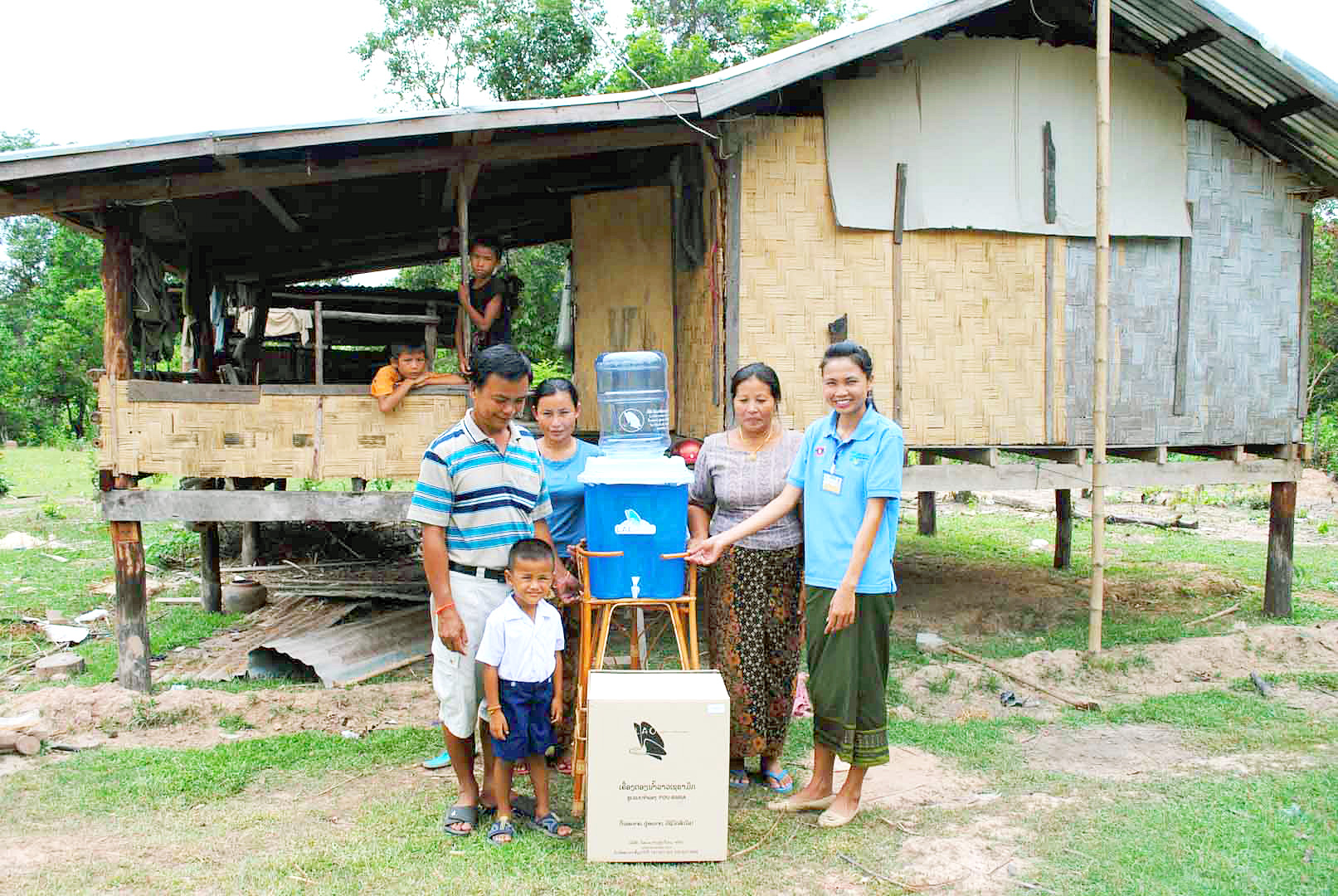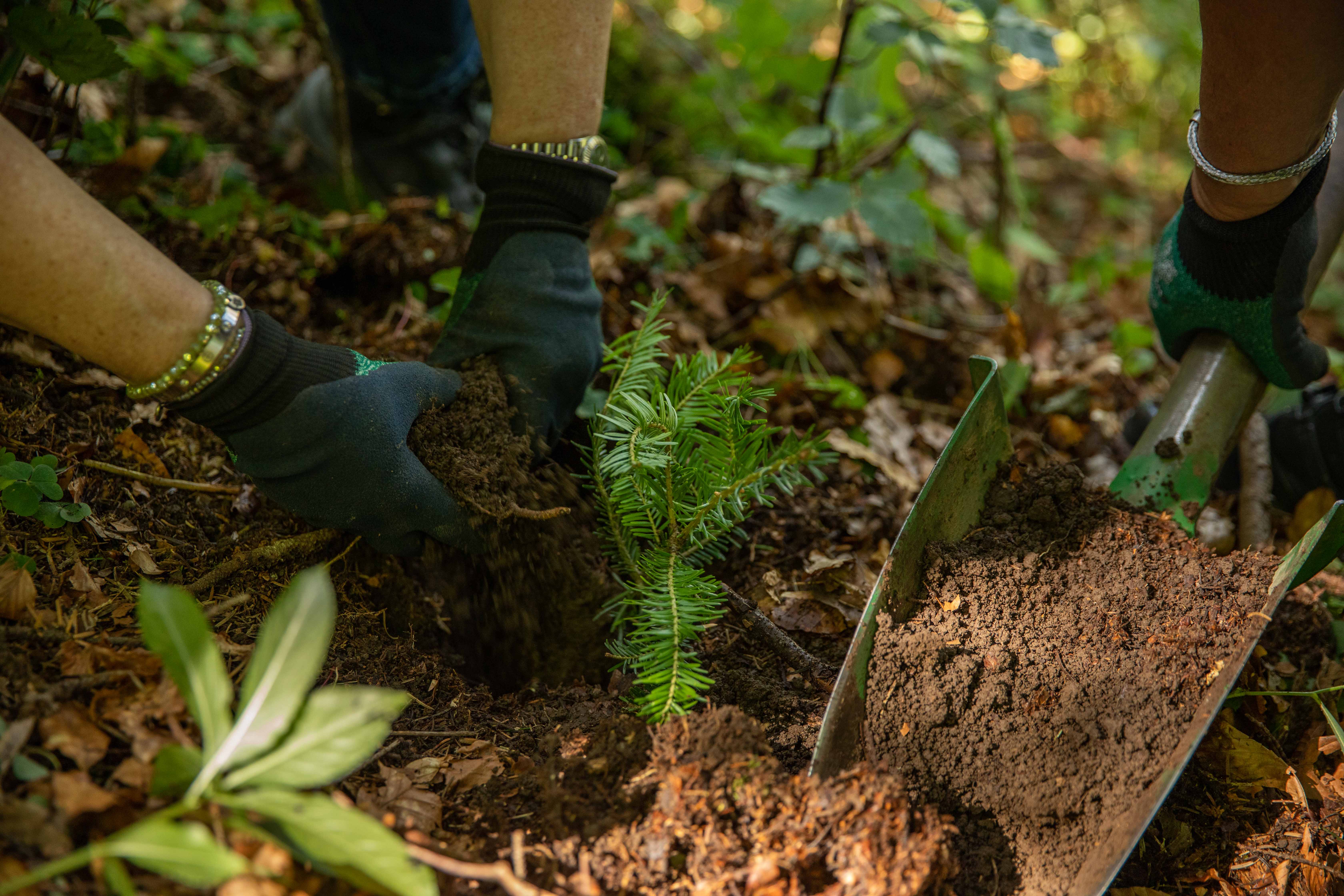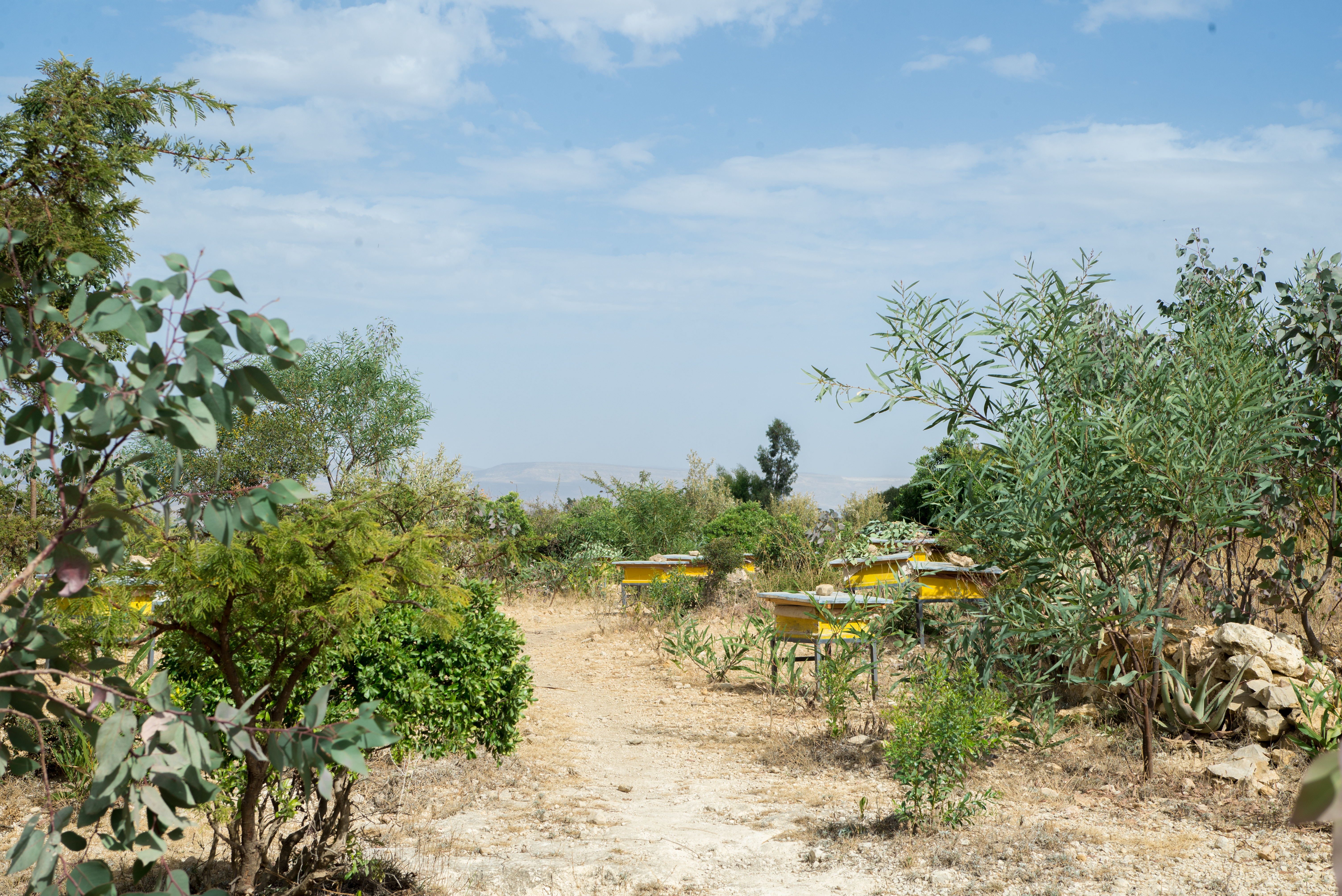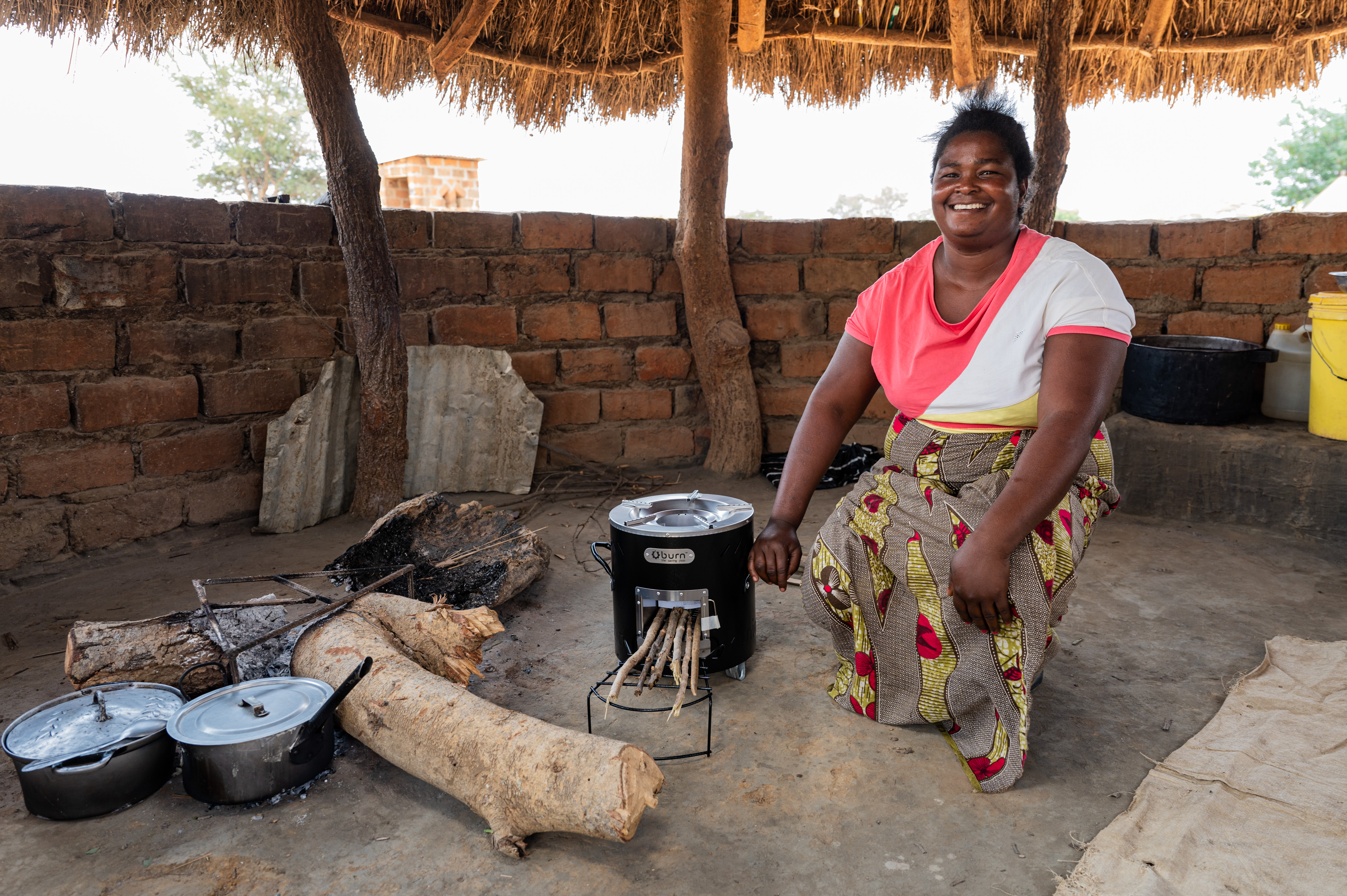Clean electricity from landfill gas
This carbon offset project supports the operation two power plants using landfill gas to generate electricity. The plants with 8 MW each are located in the Kamphaeng Saen district in Nakon Patom province, about 100 km southwest of Bangkok. Before the project started, methane emissions from the decomposition of waste entered the atmosphere untreated. With the support of the project a collection system for Landfillgas (LFG) was installed. The gas is piped from the landfills to a treatment plant and then to a generator that produces electricity. The project prevents the landfill gas from entering the atmosphere by using it in a controlled manner. This will save about 1.7 million tonnes of CO2 over a period of 7 years.
Besides contributing to climate protection, the project improves local air quality and thus living conditions for people in the neighbouring communities. It is the first landfill in Thailand to use this technology, making it a role model for other operators.

Methane is a greenhouse gas emitted by many processes including livestock farming, waste management, sewage treatment, oil production, and coal mining. When released into the atmosphere, it oxidises first to carbon monoxide and then to carbon dioxide, making it a major contributor to global warming. Climate projects avoid these emissions by capturing the gas and using it to generate heat or electricity, or by processing the gas into dry and liquid gas. In this way, the gas is not released into the atmosphere and is used to generate energy instead. Gas recovery projects in the ClimatePartner portfolio are registered with international standards.
Explore our projects
Biochar for Climate Action, Healthy Soils, and Better Harvests

A certified climate project combined with additional commitment

Expansion of renewable energy generation in Asia

Ceramic water filters save CO2 and improve health

Improved cookstoves worldwide – for better health and cleaner air

A certified climate project combined with additional commitment

Powering access to renewable energy in Africa

A certified climate project combined with additional commitment

Restored ecosystems remove carbon

Turning degraded farmlands into healthy ecosystems

Improved cookstoves - better for health and the environment
























